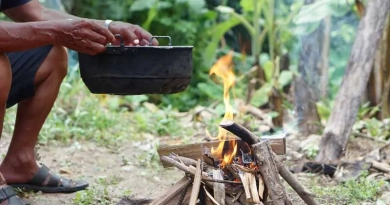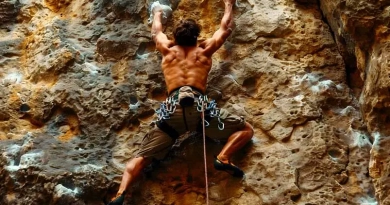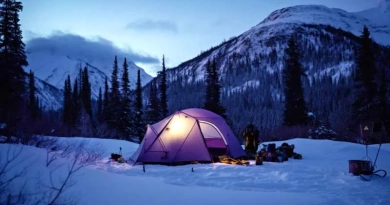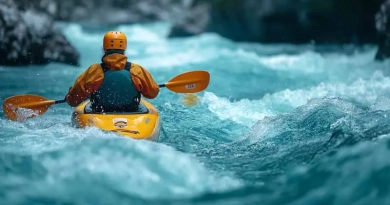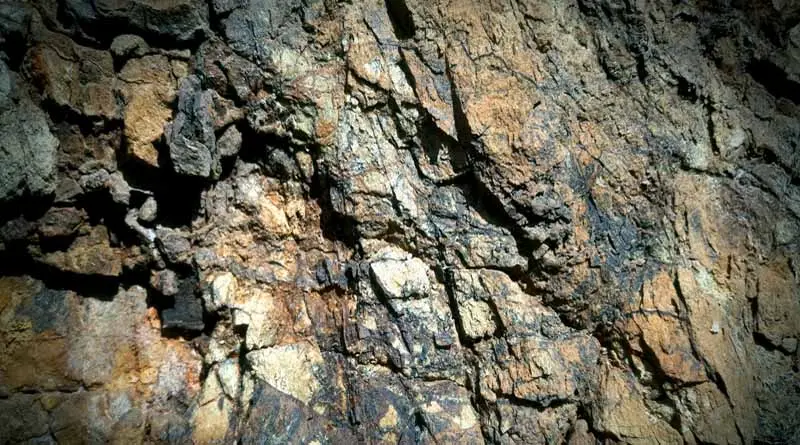
How Do I Read a Climbing Route?
The Question Unfurled
High above, where the earth meets the sky in a jagged line of rock and resolve, lies the climber’s canvas—routes etched into the face of the crag like lines on an ancient map. As I lace my boots and prep my gear, the question emerges as crucial as any piece of equipment: “How do I read a climbing route?” Understanding this art is not just about choosing where to place your hands and feet; it’s about interpreting the language of the rock, deciphering its secrets, and making them your own.
The Task of Reading a Route
The task of reading a climbing route is more daunting than the climb itself, a cerebral endeavor that merges intuition with technical acumen. Each route is a unique puzzle, an enigmatic tapestry of holds and features, demanding not just physical prowess but an intricate understanding of its story. From the craggy expanse of Yosemite’s sunlit granite faces to the crux-laden slabs of the Shawangunks, the challenge remains constant: deciphering the path upward. Here, the intricacies of overhangs, slabs, cracks, and everything in between unfold, each feature demanding its own approach, strategy, and respect.
The Complexity of the Climb
Visual Complexity:
Routes present a myriad of features, each one a potential foothold or handhold, each a clue in the puzzle. From a distance, they can appear like an abstract painting, with the holds and sequences blending into a daunting visual complexity. Identifying the best path from the ground often feels like trying to read the future in a fog. Features may be subtle—an edge barely protruding, a crack so thin it seems like a trick of the light. This complexity can be overwhelming, forcing climbers to sift through a sea of possibilities, each holding a potential lifeline or a trap.
Physical and Mental Limits:
Climbing is a relentless test of endurance and strength, pushing both the body and the mind to their limits. Fatigue is a silent adversary, creeping in unnoticed, clouding judgment and complicating the reading of a route mid-climb. The physical toll of gripping, pulling, and pushing against the rock wears down even the strongest climbers, while the mental strain of decision-making under pressure can be equally debilitating. Every move becomes a gamble, and each decision is a balance between risk and reward, clarity and doubt.
Environmental Conditions:
Weather, light, and surface conditions add layers of complexity to the climb. A sunny day can turn into a sweltering ordeal, where sweat drips off fingers, making holds slippery. Conversely, rain can transform a seemingly benign route into a treacherous gauntlet of mossy holds and slick rock. The light itself plays tricks, casting shadows that obscure holds and features, making them harder to spot. Each climb is a dialogue with these conditions, requiring climbers to remain adaptable and alert, ready to adjust their strategies as the environment changes.
The Ascent: Mastering Route Reading
After years of climbing across continents—from the sunlit domes of Yosemite’s granite to the rugged bulges of the Shawangunks—I’ve developed a methodical approach to reading routes, one that blends meticulous observation with the climber’s inherent intuition. Here’s how I navigate this intricate dance of rock and resolve.
1. Groundwork: Preliminary Observation
Before I even touch the rock, I spend time observing the route from the ground. This phase is all about gathering information, a process that involves more than just looking—it’s about seeing. I scan the rock, identifying key holds, potential rest spots, and tricky sections. I use binoculars to spot distant features on tall routes, zooming in on tiny holds that might be missed from the base. This preliminary observation allows me to create a mental map of the route, highlighting the most promising paths and the potential pitfalls.
2. Sequencing: Planning the Moves
Based on my initial observation, I begin to mentally map out a sequence of moves. This sequence is not set in stone; it’s a flexible framework, allowing for adjustments as I progress. I visualize each move, considering the best holds and the most efficient paths. This planning phase is crucial, providing a strategic overview that guides my climb. I look for patterns, anticipate challenges, and prepare for the unexpected. The goal is to create a roadmap that balances ambition with realism, ensuring that each move is calculated and deliberate.
3. Tactical Climbing: Dynamic Assessment
As I start the climb, I remain flexible, ready to adapt my plan to the reality of each hold and move. This dynamic assessment is about staying in tune with the rock, feeling each hold, and adjusting my strategy on the fly. It’s a continuous process of decision-making, where I decide when to stick to my plan and when to improvise. Some holds that looked promising from the ground may turn out to be cruxes, while others that seemed insignificant might become lifesavers. This adaptability is what separates a good climb from a great one, allowing me to navigate the route with confidence and creativity.
4. Rest and Reevaluate:
Strategic rests are essential, especially on longer routes. These moments of respite are not just for catching my breath; they are opportunities to reassess the next section of the climb. I use these pauses to conserve energy, review my strategy, and refine my approach. I take the time to study the rock, rechecking holds and planning the next moves. This reevaluation helps me stay focused and prepared, ensuring that I climb with both power and precision, conserving my strength for the cruxes that lie ahead.
Essential Tools and Resources
To enhance my route-reading skills, I rely on a variety of tools and resources, each adding a layer of depth to my climbing experience:
- Climbing Guidebooks and Apps: These are invaluable for understanding the nuances of each route. They provide detailed descriptions, historical insights, and climber notes, helping me anticipate challenges and plan my climb effectively.
- Binoculars: Especially useful for scouting distant features on tall routes, binoculars allow me to spot holds and features that are not visible from the ground.
- Mental Training Techniques: Visualization and meditation are key components of my preparation. These practices help me mentally rehearse the climb, enhancing my focus and confidence.
- Climbing Clinics and Workshops: Learning from experienced climbers through formal training has been instrumental in refining my route-reading skills. These sessions provide hands-on experience and expert insights, helping me to continuously improve.
Essential Tools and Resources
To effectively read climbing routes, certain tools and resources can enhance both preparation and execution:
- Climbing Guidebooks and Apps: These provide valuable insights into route grades, common sequences, and climber notes.
- Binoculars: Useful for scouting routes from the ground.
- Mental Training Techniques: Practices like visualization help in mentally rehearsing climbs, which can be pivotal in executing complex sequences.
- Climbing Clinics and Workshops: Learning from experienced climbers through formal training can drastically improve route-reading skills.
The Summit of Understanding
As I reach the top of the route, unclip from the final bolt, and take in the view, the climb’s story unfolds before me. Reading a climbing route is a journey through a landscape of challenges and triumphs, a blend of intuition and strategy. It’s not just about finding the path up; it’s about understanding the rock’s language, respecting its complexities, and navigating its features with grace and determination. With each climb, I deepen my connection to the vertical world, learning not just about the rock, but about the essence of climbing itself. By honing my route-reading skills, I ensure that every ascent is not only a physical challenge but a profound adventure, a story of perseverance, insight, and the relentless pursuit of the summit.

